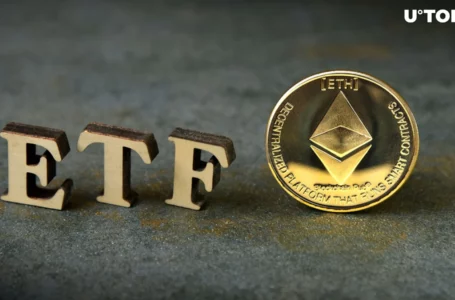
According to a recent Ethereum Core development meeting on Dec. 8, developers disclosed that the next Ethereum hard fork, called Shanghai, could be implemented by March 2023. It’s been suggested that the Shanghai hard fork will be able to manage the network’s staked ethereum withdrawals.
Ethereum devs aim for hard fork target ‘around March-ish’
Ethereum Core Developers on December 8th, 2022 summoned For the 151st Developers Meeting, and many topics were discussed including the next hard fork of Ethereum. Ethereum’s last major hard fork was The Merge, a significant change in the rules of the blockchain network that transitioned the network from proof-of-work (PoW) to proof-of-stake (PoS). A hard fork’s changes are backward-incompatible, meaning network users need to update their node software.
At the meeting, developers explained that the next hard fork, called Shanghai, may get scheduled for sometime around March 2023. Shanghai also may address the network’s staked ethereum withdrawals as the community has established importance on the matter. At the time of writing, on Dec. 9, 2022, the Beacon Chain contract has 15,597,175 ether locked into the contract that’s worth roughly $19.88 billion using ETH exchange rates today.
It has been known for a long time that ETH is locked into the Beacon Chain contract and will require a hard fork, and possibly more than one, to access the funds. Ethereum core developer Tim Beiko acknowledged that most people and developers want withdrawals to be faster. Biko commented, “This is clearly the top priority for everyone.” “It seems like people usually want to target around March-ish,” Biko said.
Developers have also been discussing how to improve Ethereum’s throughput capacity and Ethereum’s software programmers have introduced the Ethereum Improvement Proposal (EIP) 4844. EIP-4844 deals with concepts like proto-danksharding and shard blob transactions. Both of these concepts leverage technology that’s meant to implement a “new kind of transaction type to Ethereum which accepts ‘blobs’ of data to be persisted in the beacon node for a short period of time.”


















